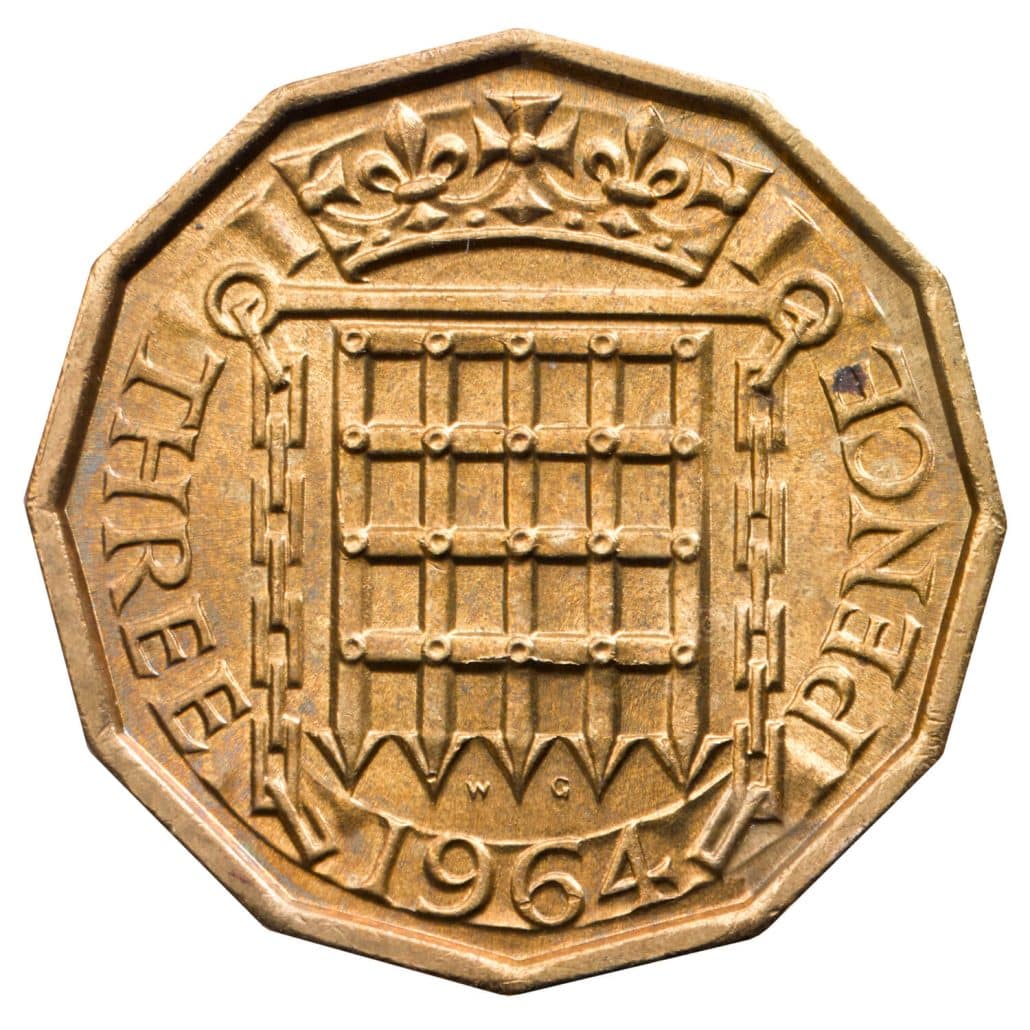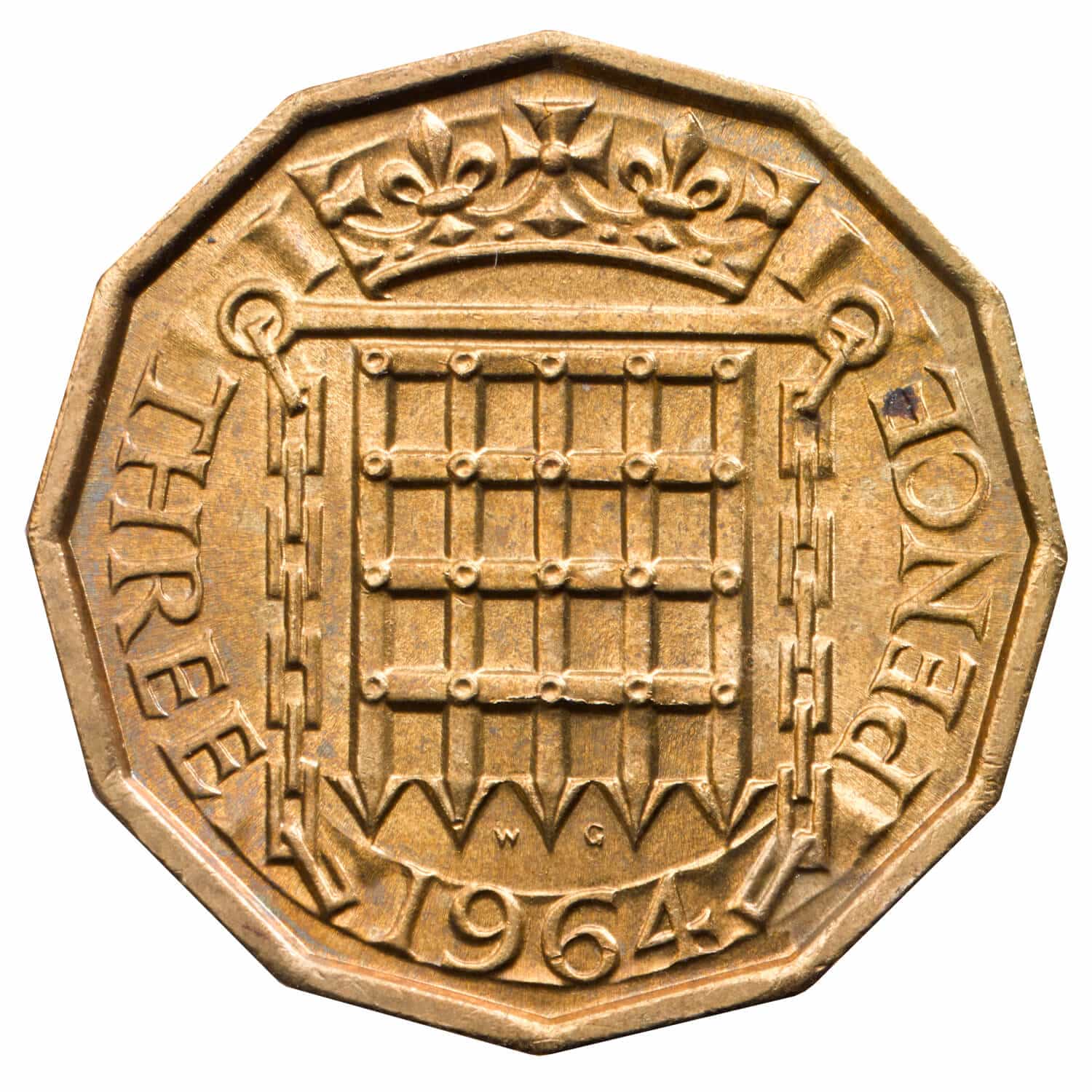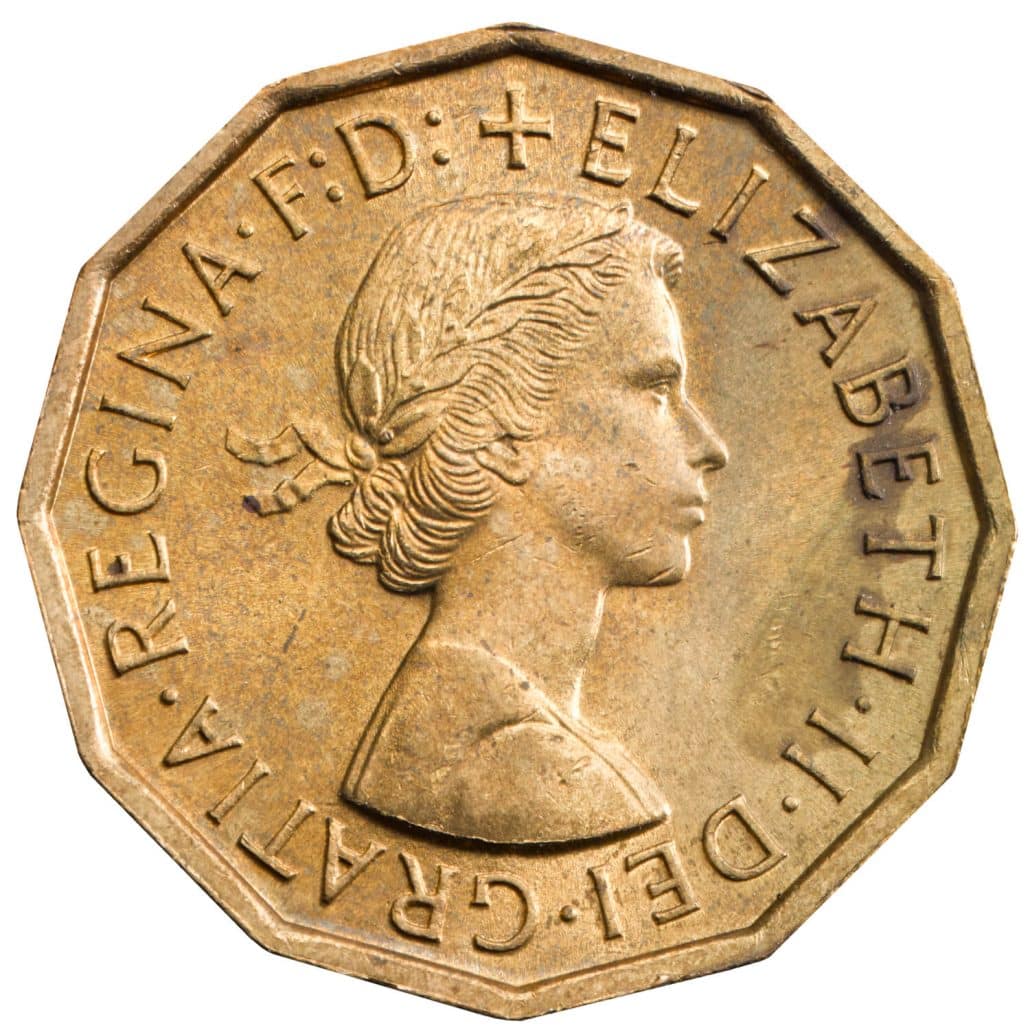At the heart of numerous noteworthy collections of British coins lies the Queen Elizabeth II 1964 Brass Threepence—a piece rich in history and allure. As the reign of Queen Elizabeth II marks a significant epoch in the Tudor line, this particular coin encapsulates not only the monetary culture of its time but also the enduring legacy of one of Britain’s longest-serving monarchs. Its existence during a period of significant cultural and political shifts adds layers of intrigue and desirability among collectors and historians alike, making it an emblem of both historical significance and collectable value.
This article delves into the fascinating journey of the Queen Elizabeth II 1964 Brass Threepence, from its inception to its role within the collector’s showcase. Emphasising the detailed design and specifications that set this threepence apart, we explore the various factors that influence its value and provide a comprehensive guide for enthusiasts aiming to decrypt the nuances of this British coin’s allure. Through a combination of historical insight and collector’s acumen, readers will embark on a voyage of discovery, unearthing the stories and specifics that render the Queen Elizabeth II 1964 Brass Threepence a true collector’s treasure.
A Brief History of the Brass Threepence
Elizabeth II’s Reign and Its Significance
Queen Elizabeth II’s reign, marked by her surpassing Queen Victoria as the longest-serving British monarch, is a cornerstone of modern British history. This era not only witnessed significant cultural and political shifts but also saw collectors highly seeking unique collectible items like the commemorative coins introduced during this time. Various special coin releases celebrated her reign, highlighting her impact and the deep heritage she represents.
Introduction of the Brass Threepence
During the reign of King George VI, Queen Elizabeth II’s father, the introduction of the brass threepence addressed the unpopularity of the smaller silver threepence. Designers redesigned the coin to make it more substantial, crafting it from nickel-brass and incorporating distinctive designs that celebrated royal milestones and depicted the evolving history of the monarchy.
Historical Events Around 1964
The year 1964 was pivotal, not just for the British monarchy but also in the numismatic world. It was during this period that the coin shortages became pronounced, influenced by a growing economy and the increased demand for coins. Speculative activities, with both collectors and the general public hoarding coins in anticipation of future value increases, further worsened this shortage. In response to these challenges, the mint adjusted coin production, continuing to issue the brass threepence until its final minting in 1967.
Coin Design and Specifications
The 1964 Queen Elizabeth II Brass Threepence showcases a unique and historical design that reflects its era. This coin features a distinctive multisided shape, making it stand out among traditional round coins.
Detailed look at the obverse and reverse
The obverse of the coin proudly displays the effigy of Queen Elizabeth II, designed by Mary Gillick, capturing the youthful profile of the monarch. This design was consistent across all coins minted during the early years of her reign. On the reverse, the coin features a Tudor portcullis with chains and a coronet above, symbolising the royal authority and heritage, accompanied by the inscription “THREE PENCE.”
Metal composition and dimensions

Crafters chose nickel-brass to craft the 1964 Brass Threepence, giving it a weight of 6.68 grams and a diameter of 21.74 mm. They selected this composition to enhance the coin’s durability and to distinguish it from the silver coins previously in circulation.
Design evolution over the years
Originally, threepences featured varied designs including royal portraits and botanical motifs across different reigns. The transition from silver to brass and changes in design elements like the portcullis on the reverse reflect the evolving aesthetic and practical considerations within the British minting practices. This evolution marks the threepence not just as a piece of currency, but as a token of historical and numismatic significance.
Factors That Influence Its Value
Rarity and Mint Conditions
The value of the Queen Elizabeth II 1964 Brass Threepence is significantly influenced by its rarity and the condition in which it is found. Records indicate a mintage of approximately 44.9 million units, categorising it as a common coin. However, coins in uncirculated condition with full lustre are highly valued, fetching prices up to five pounds. Collectors often seek coins marked as ‘UNC’ (Uncirculated) or ‘BU’ (Brilliant Uncirculated) for their pristine state, which commands higher prices in the market.
Historic Relevance and Demand
The historical significance of the Brass Threepence, minted during the reign of Queen Elizabeth II, enhances its appeal among collectors. This coin, produced from 1953 until 1967, marks the period of Queen Elizabeth II’s coronation and the subsequent years, adding a layer of historical value. Coins from specific years like 1953, a one-year-only type, are particularly sought after due to their unique historical context and limited availability.
Notable Features That Make It Unique
The distinctive multisided shape and the nickel-brass composition of the 1964 Brass Threepence differentiate it from other coins. The obverse features a portrait of a youthful Queen Elizabeth II, while the reverse showcases a Tudor portcullis, symbolising royal authority. These aesthetic and material choices not only make the coin stand out but also contribute to its collectability and value among enthusiasts.
Collector’s Guide
Assessing the condition of a coin is crucial for determining its value. Collectors should familiarise themselves with grading terms such as F (Fine), VF (Very Fine), EF (Extremely Fine), and Unc (Uncirculated), which describe the coin’s state. The Sheldon Scale, ranging from 1 to 70, is commonly used, where higher numbers indicate better preservation. For instance, a Fine 12 coin shows clear lettering and digits, while an Extremely Fine 40 may display minor wear only upon close inspection.
Grading Systems for Coins
Coins are evaluated based on factors including strike quality, luster, and eye appeal. The American Numismatic Association’s grading system categorises coins from Mint State to About Good, with detailed descriptors for each grade. Collectors should note that special presentation sets, like those given to VIPs, can contain rare proofs not typically available, enhancing a coin’s uniqueness and potential value.
Tips for New Collectors
New collectors should start by understanding basic grading and focus on acquiring coins in higher conditions, such as AU (Almost Uncirculated) or Mint State, which retain most of their original luster and details. To maintain the value of coins, avoid those with environmental damage or improper handling, as these factors can significantly decrease their worth. Engage with reputable grading services to receive a reliable assessment and encapsulation of coins, safeguarding their condition and authenticity.
Conclusion
Throughout this article, we have journeyed through the rich heritage and intrinsic value of the Queen Elizabeth II 1964 Brass Threepence, exploring its historical backdrop, its unique design elements, and the factors that significantly influence its desirability and value within the collectors’ market. From the pivotal moments of Queen Elizabeth II’s reign to the distinct features that set this coin apart, it is clear that the 1964 Brass Threepence stands as a testament to a significant era in British numismatics, encapsulating a piece of history within its nickel-brass composition and design.
As collectors and enthusiasts delve into the world of numismatics, the Queen Elizabeth II 1964 Brass Threepence remains a fascinating subject for study and collection, embodying both the lasting legacy of one of the most iconic reigns in British history and the enduring appeal of coin collecting. Whether for those newly embarking on the journey of coin collection or seasoned numismatists, the intricate narrative and value of this coin underscore the profound connection between history, monarchy, and the art of coin collecting, inviting further exploration and appreciation within the rich tapestry of numismatic treasures.

